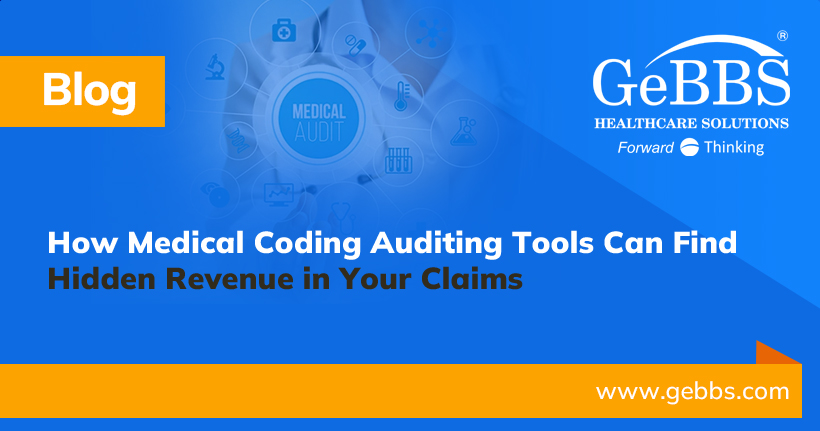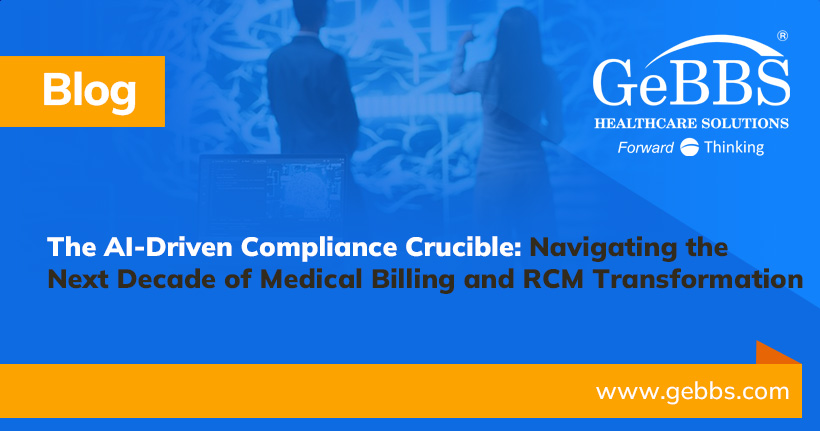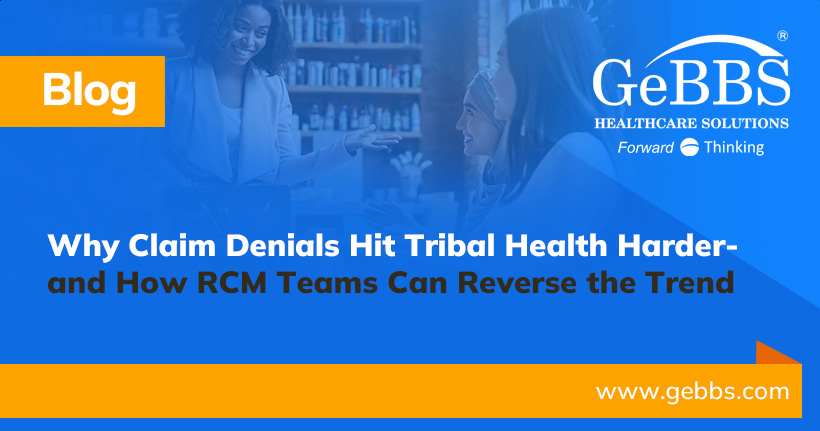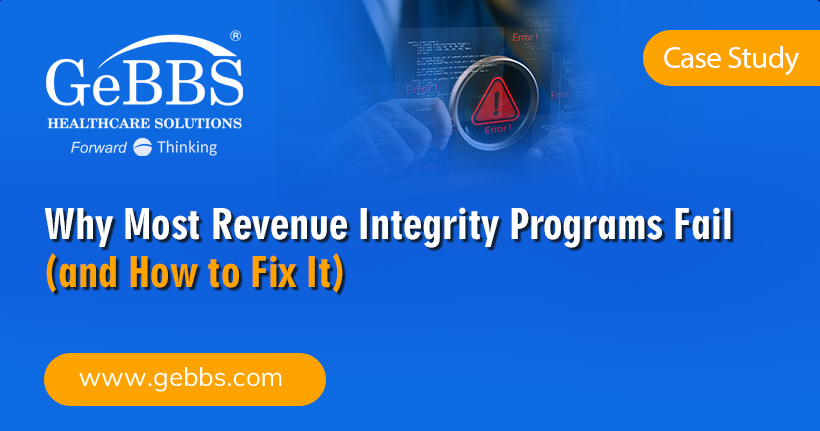What if the biggest boost to your bottom line was hiding in plain sight? Every day, hospitals lose revenue from quiet little mistakes. A missed modifier here, an undercoded procedure there…it adds up fast. And maybe you’ve noticed it. Maybe you’ve looked at your month-end numbers and thought, “Something feels off, but I can’t quite put my finger on it.”
You’re not imagining things. Nor are you alone. Coding errors, underbilling, and claim denials are silent profit-drainers in nearly every organization. The good news? You don’t have to dig through every line of every claim to find the leaks. Medical coding auditing tools offer a smarter, faster way to spot the gaps—and fix them before the money walks out the door.
The Revenue Drainers: Where Hospitals Lose Money in Coding Errors
While there are many ways high-performing hospitals leak revenue without realizing it, here are three of the most common and costly culprits:
- Under-coded claims: It happens all too often. A procedure gets documented but not fully captured. Or the clinical note is vague, so the coder plays it safe and codes conservatively. Multiply that one instance by hundreds (or thousands) of similar cases across your departments, and you’re looking at serious revenue left on the table.
- Modifier misuse: CPT and HCPCS modifiers aren’t just optional add-ons. Used correctly, they tell payers the full story. But when they’re missing or misapplied, claims get reduced—or worse, denied. And not every coder has the time or resources to keep up with modifier updates that seem to change with the seasons.
- Unbilled encounters: A provider sees a patient. The visit happens. But whether because of missing documentation, misrouted paperwork, or another reason, the encounter never makes it to the billing department. No bill, no payment. It’s like it never happened.
Here’s the thing, most hospitals assume their error rate is negligible. But even a 2% error rate—just two dollars out of every hundred—can amount to millions of dollars lost over the course of a year. And it’s not just about the money. These mistakes erode trust among your revenue cycle team, fuel frustration, and create backlogs that ripple across the entire revenue cycle.
How Medical Coding Auditing Tools Protect and Recover Revenue
Enter medical coding auditing tools. These platforms aren’t just catching surface-level errors. They’re finding patterns, spotting missed opportunities, and uncovering revenue your team didn’t even know was there.
Let’s start with automated error detection. This feature of medical coding auditing tools uses AI and rule-based engines to scan your claims for common pitfalls—undercoding, missing modifiers, misapplied codes—and flag them before the claims ever leave your system. This proactive approach is the key difference. You’re not reacting to denials. You’re preventing them.
Another underrated feature: real-time claim validation. Every payer has their quirks. Medicare. Medicaid. Commercial plans. One code works for Blue Cross but gets rejected by Aetna. A good auditing tool keeps track of those nuances. It validates each claim against payer-specific rules before submission. The result? Fewer denials, cleaner claims, and faster payments.
Then there’s denial analysis. Think of it like a post-mortem. Instead of just resubmitting the same claim with fingers crossed, this feature tells you why the claim failed in the first place. Was the documentation lacking? Was the code mismatched? With that clarity, your team can correct the problem at the source and keep it from happening again.
Charge capture audits are where things get even more interesting. This feature combs through documentation and compares it to what was actually billed. If something’s missing (say, a billable consult that never made it to the claim), it gets flagged. It’s like having a second pair of eyes on every chart, every day.
The best part about medical coding auditing tools? Hospitals that adopt AI-driven auditing don’t have to wait six months to see results. Many start identifying revenue recovery opportunities within weeks. It’s not just about plugging the leaks. It’s about seeing measurable gains.
Action Plan: How to Implement Medical Coding Auditing Tools for Maximum ROI
So, how do you get started with medical coding auditing tools? It begins with visibility.
Step 1: Conduct a Baseline Revenue Leakage Assessment
You can’t fix what you can’t see. Start by analyzing historical claim data. Compare what was paid versus what should’ve been reimbursed. Where are the shortfalls? Which departments are consistently underperforming?
Look at your denied or downcoded claims. Do certain patterns keep popping up? A specific modifier? A certain provider? Identifying those trends is like turning on the lights in a room full of scattered cables and broken floor tiles. Suddenly, you can see what you’ve been stumbling over.
Step 2: Select the Right Auditing Tool for Your Hospital
Not all medical coding auditing tools are created equal. You want something that integrates with your existing EHR and billing systems. Bonus points if it runs in real time, catching issues before claims go out the door.
Customization matters, too. The best tools let you tailor rules to match payer-specific policies. Generic error lists don’t help much if they don’t reflect your actual payer mix.
Step 3: Integrate the Tool with Your Current Coding Workflow
This isn’t a “set it and forget it” situation. Your team needs to know how to use the tool and trust it. That means training coders, billers, and compliance staff so they understand what the alerts mean and how to respond.
Set up pre-submission claim checks. Let the tool act as your last line of defense before a claim goes out. And don’t just fix the errors—use the reports to fine-tune your process. The goal isn’t just correction. It’s prevention.
Step 4: Use Auditing Insights to Appeal and Recover Denied Claims
Not all denials are unrecoverable. Armed with audit findings, you can resubmit high-value claims with evidence-based corrections. Many payers will issue reimbursement if the documentation supports it.
Beyond that, the audit tool and its insights can help you build a case. If you’re consistently getting denied for the same issue, the audit data gives you leverage. You’re not just appealing. You’re presenting a documented, defensible position.
Step 5: Continuously Monitor and Optimize Revenue Capture
Revenue leakage isn’t a one-and-done problem. It evolves. Coding guidelines shift. Payer rules change. Staff come and go. That’s why continuous auditing matters.
Set up quarterly check-ins. Run AI-powered audits to see what’s improving and what’s slipping. Benchmark your coding accuracy against national standards. And create real-time feedback loops between coders and compliance teams. When everyone sees the impact of their work, the whole system gets sharper.
No More Second Guessing. Restore Confidence in Your Revenue Cycle.
Remember that feeling of uncertainty you had? Wondering why the numbers didn’t add up, sensing something was off but not knowing where to look? Now imagine logging in and seeing cleaner claims, faster approvals, and fewer denials. Imagine coders moving with confidence, not caution.
Medical coding auditing tools shift your focus from reacting to problems to preventing them. And instead of leaving money on the table, you’re putting it back where it belongs: in your hospital’s hands. When you harness the right tool, you don’t just catch mistakes. You build a smarter, stronger, and more financially resilient organization. That’s the power of medical coding audits done right.
Ready to stop guessing and start recovering? GeBBS’ medical coding audit software is your AI-powered partner in revenue integrity. This customizable SaaS platform optimizes coding audits with real-time dashboards, robust reporting, and built-in workflows. It identifies underbilling, overcoding, and compliance risks before they impact your bottom line. With iCode Assurance, you can increase audit capacity by 30% while cutting review times by 40%. No more flying blind. Just clean claims, confident coders, and a healthier bottom line. Contact us today to learn more.






